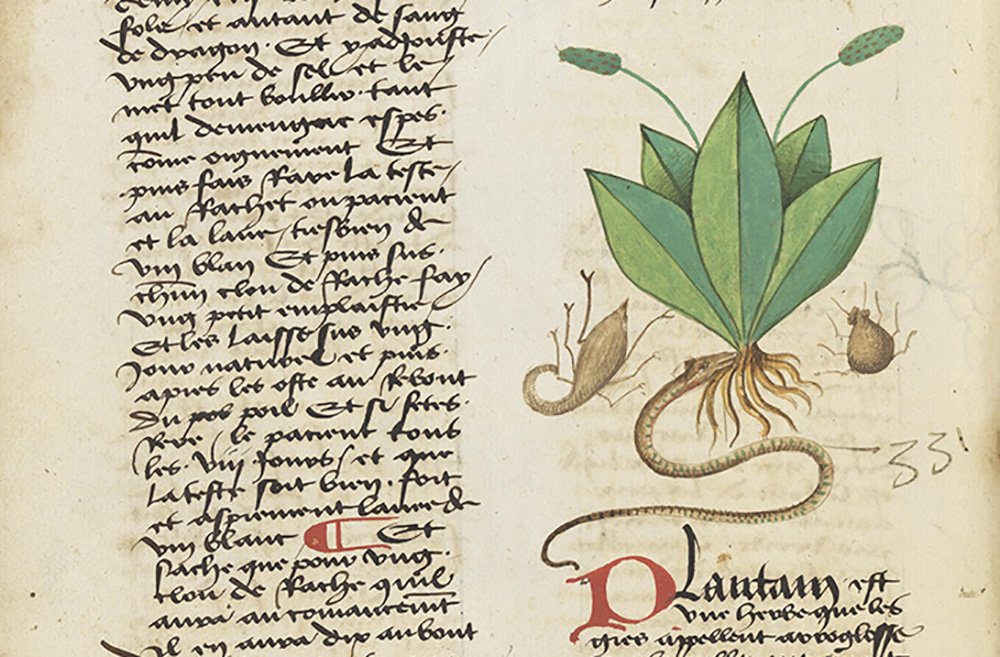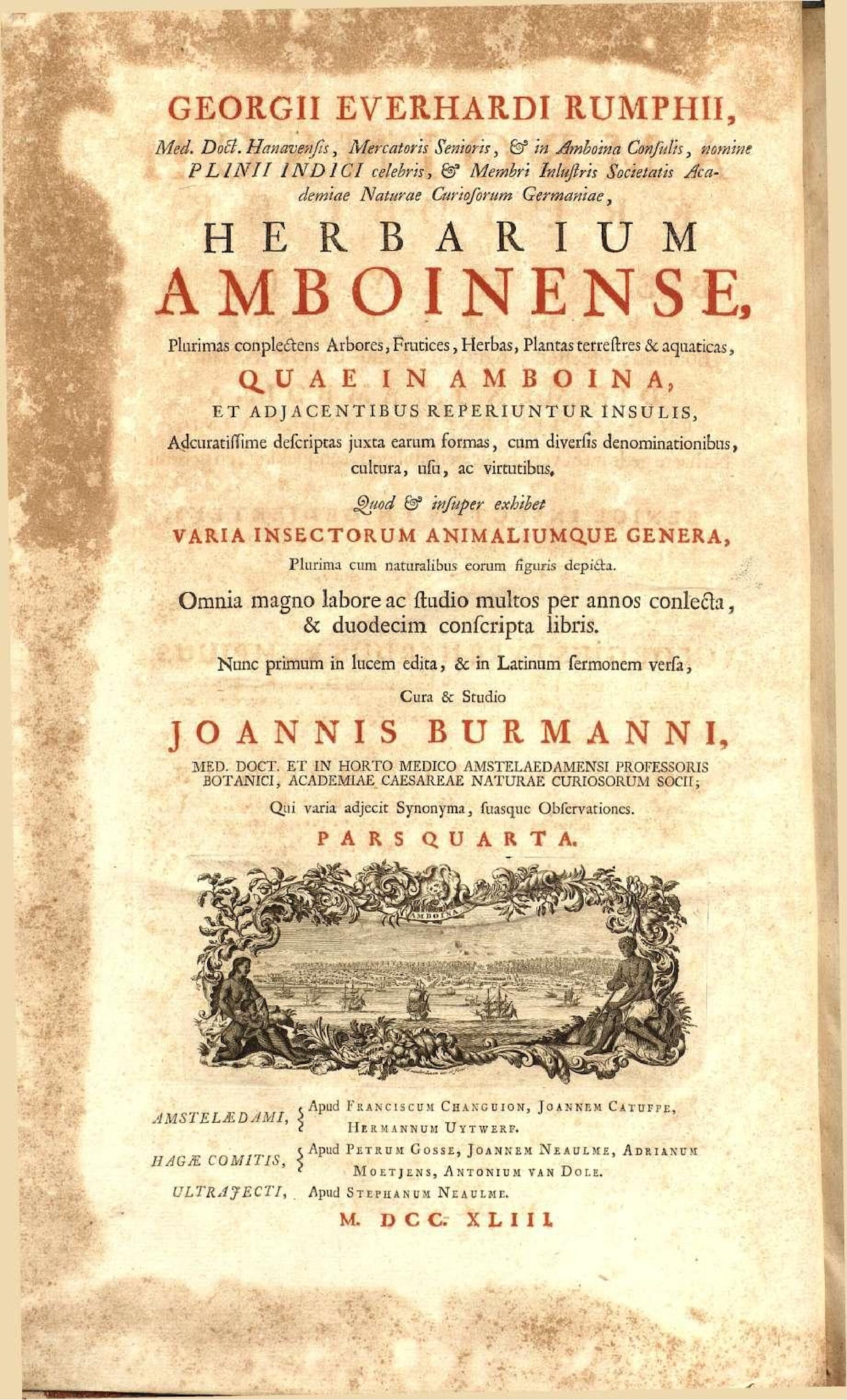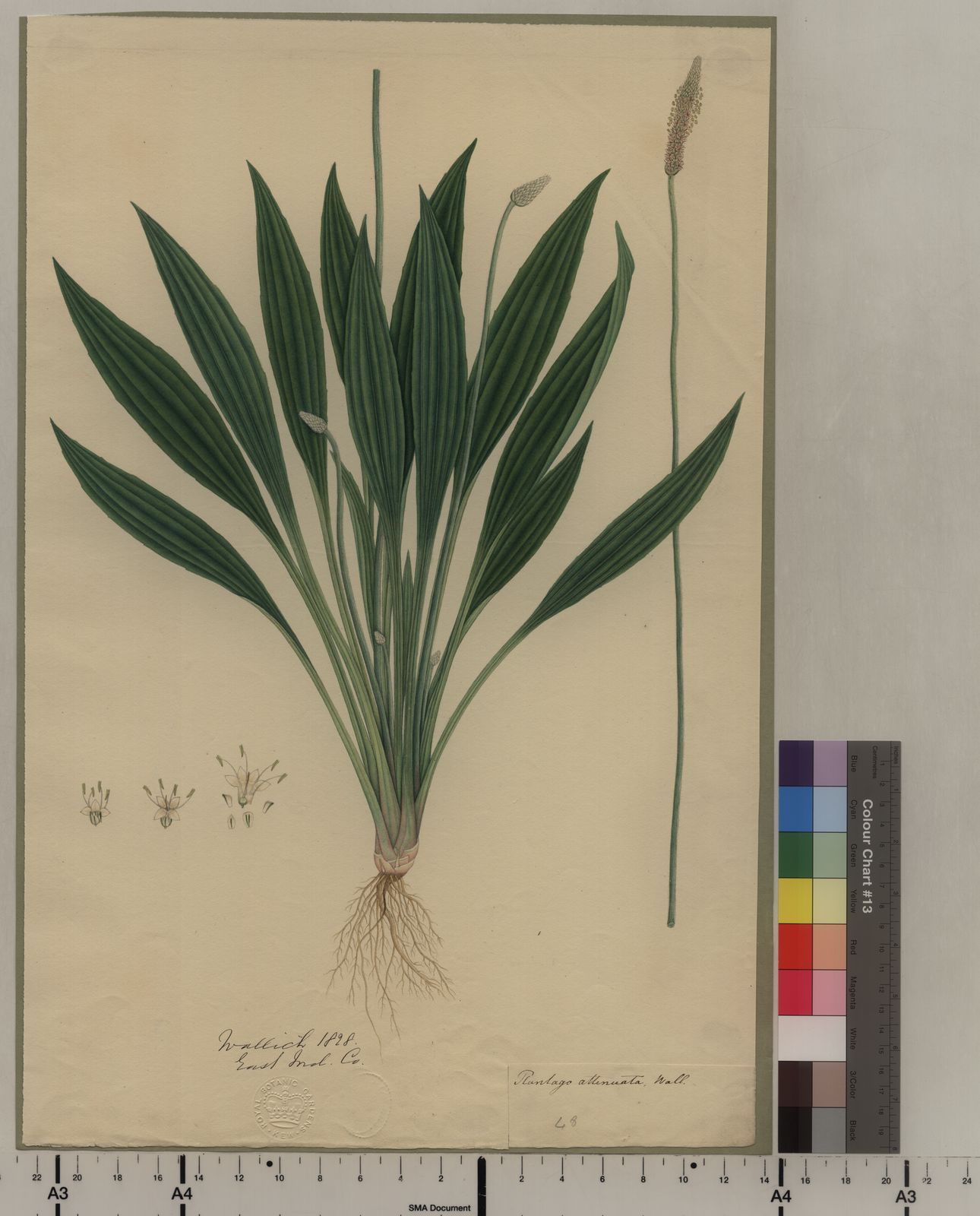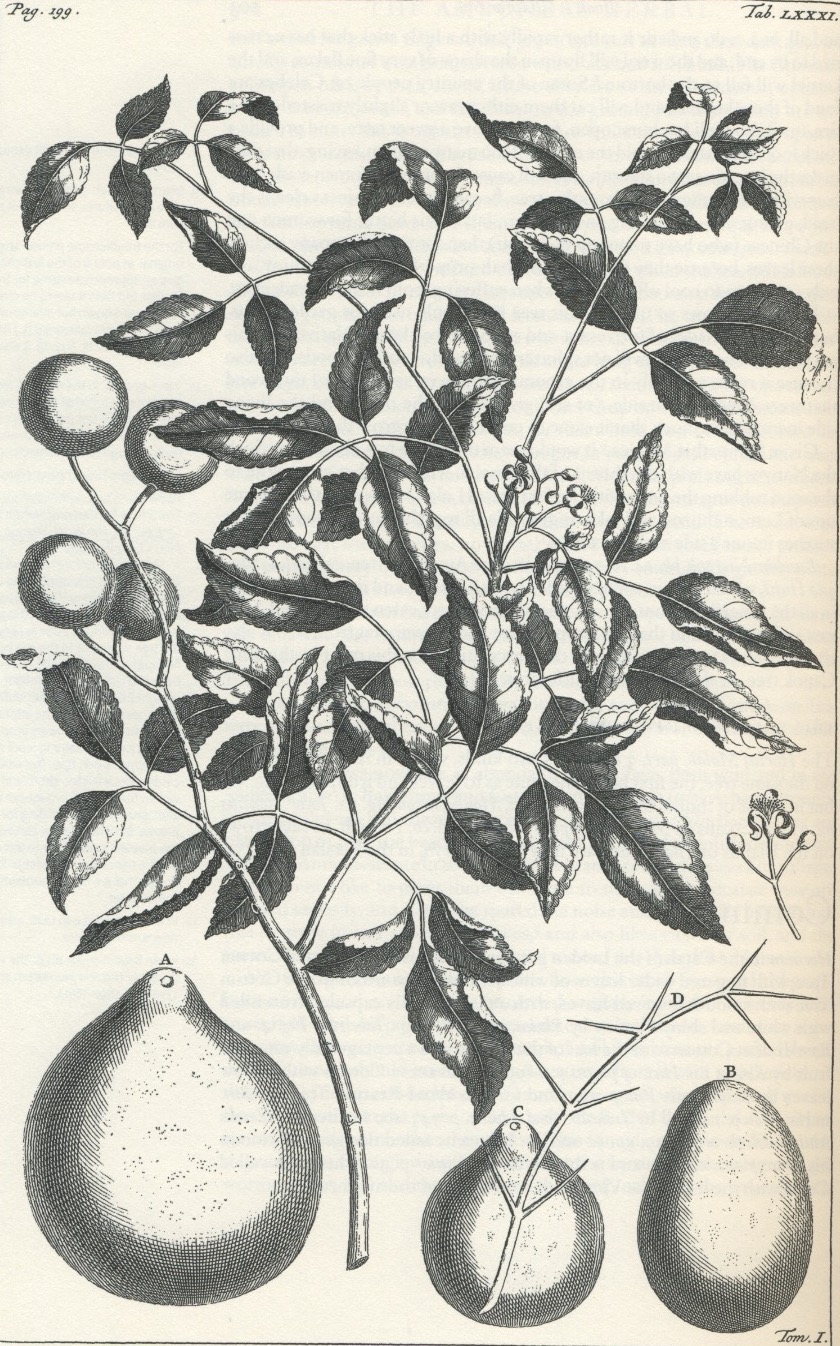Materia Medica, Pharmacology & Bioprospecting

By: The Students of SocGen180-Materia Medica
Authors: Jasmine Mariko Reddy, Riya Shah, Emily Burns, Jessica Wakefield, Sareen Manuel, Chris Jamali, Eryn Wilkinson, Swetha Sundaram, Osvaldo Sanchez Fernandez, Fiza Zahra Baloch, Anna Yu, Yasaman Moradian, Arman Soltanzadeh, Maya Barajas-Tavera, Medha Vallurupalli, and Chien-Ling Liu Zeleny
A project integrates literature from multiple disciplines to investigate history of collected knowledge about therapeutic properties of healing substances originated from natural resources. It accomplished through lens of pharmacological studies and applications in historical contexts across different medical cultures. Emphasis on bioprospecting issues of drug discovery, acquisition, testing, and application. These issues include circulation of knowledge in translation, collection, and classification; development in colonial and postcolonial contexts, and emergence of scientific pharmacology, ethnobotany, and ethnopharmacology.
This is a Scalar book project developed in a collaborative effort by the students in the Special Course in Society and Genetics 180-2: “Materia Medica, Pharmacology, and Bioprospecting,” in Spring Quarter 2021. Human beings have explored nature throughout history in search of useful resources, including therapeutic substances. The collected knowledge of such substances, including their provenance, medicinal properties, and use in preparation of remedies for therapeutic purposes, in combination with the documented cases of clinical patient care, have become the basis of medical literature, called “Materia Medica,” a term that refers to the historical collections of therapeutic properties of any substance used for healing. These historical materials comprise a part of ethnomedical knowledge and bio-informatic data that contemporary biodiversity prospecting has targeted and systematically tested, moving away from costly and ineffective random screening. Ethnomedical knowledge, derived from and embodied in the work of traditional healers, remains a valid method for identification of potential agents for new pharmaceuticals. However, generational losses of traditional healers and their knowledge, as well as the loss of biodiversity as species become extinct, have made historical materials become increasingly valuable. The application of bio-informatic data-mining systems has facilitated the extraction of information from medical literature, notwithstanding technical and linguistic challenges. This project situates at the juncture of investigating various historical collections of Materia Medica and their relevant pharmacological studies derived from the biodiversity discoveries. It demonstrates the connection and value between medical literature and bioprospecting.


